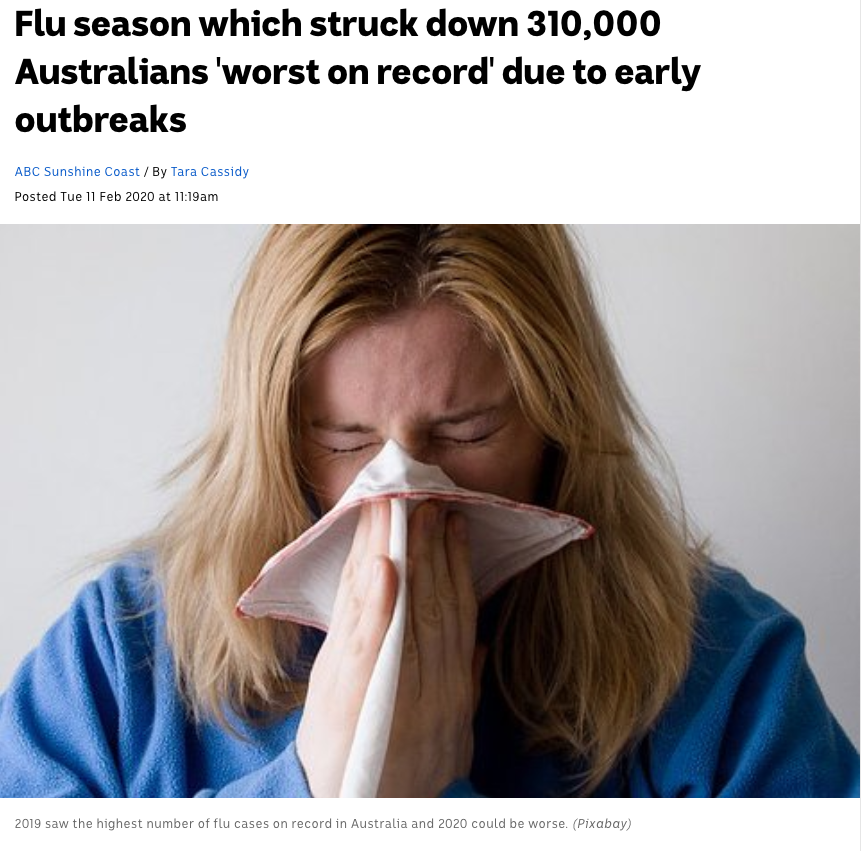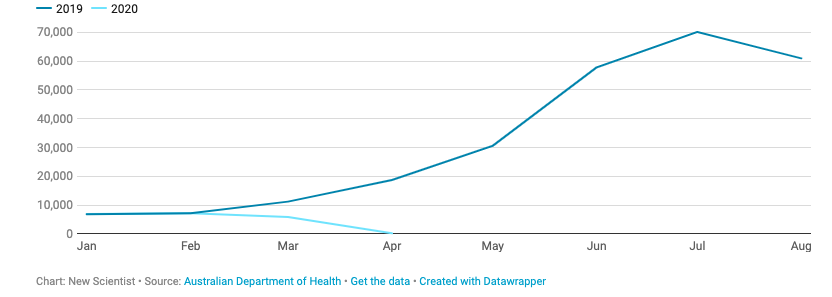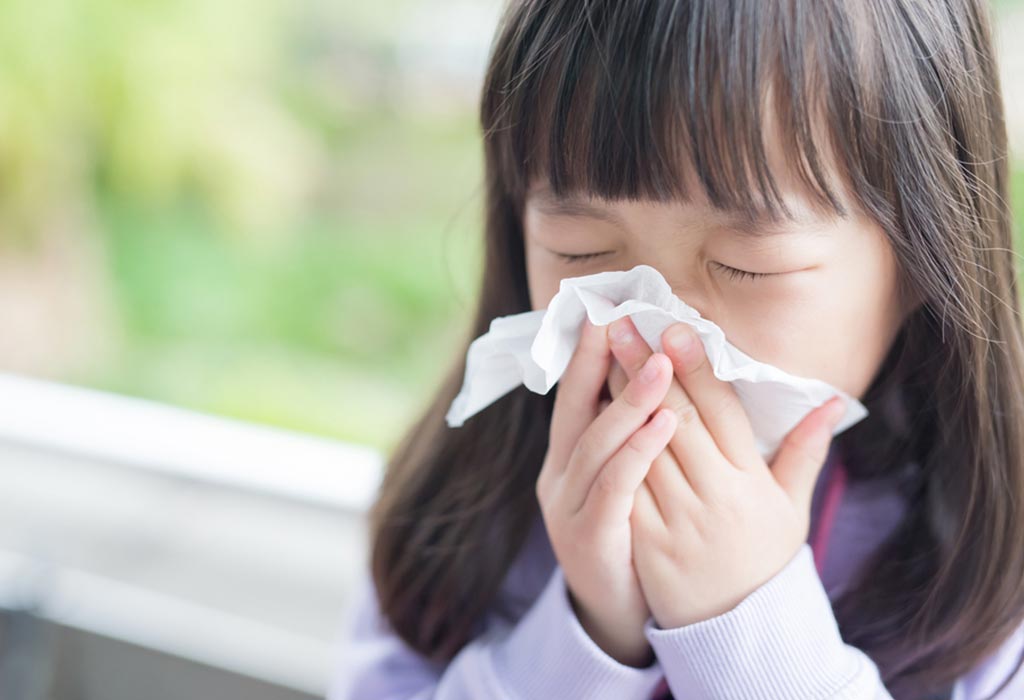
Earlier this year population health experts feared that this winter’s flu season would be even worse than ever before, but 2020 threw up yet another surprise…
Last year’s flu season seems like a walk in the park compared to what Australia has faced since then. Especially if you are living in Victoria. Stage four restrictions, including mandatory mask wearing, are still in full swing for a large part of the state.
However, it is hard to forget the severity of last year’s flu season. It began in March and lasted right through until October 2019. Dubbed the ‘worst on record’, people across the country were caught unaware due to outbreaks occurring two months earlier than usual. Over 310,000 Aussies were struck down by the debilitating virus; a figure seven times greater than Australia’s previous 18-year average.
Back in February of this year, when the COVID-19 pandemic had not yet darkened our doors, the news reports predicted more severe flu seasons to come.

Using our media monitoring tool Meltwater, we looked at how often the terms ‘the flu’, ‘influenza’ and ‘flu season’ appeared in print and online media coverage during four months of the flu season last year (1st May 2019 to 25th August 2019). The Media Exposure graph below shows how prevalent the term was in news reports during this period.

We take a closer look at the spike in coverage for the term ‘flu season’ on 28th June 2019. News reports from that day stated that 220 Australians had sadly died from influenza, with more than 100,000 infected across the country. A staggering figure to see at the early stages of, what turned out to be, a prolonged flu season.

So where is the 2020 flu season that was predicted to be even worse than before? The annual influx of flu and respiratory virus patients never came and has yet to hit Australian hospitals.
According to early research, lockdown measures that were designed to stop the spread of COVID-19 in Australia seem to also be keeping the country’s flu season at bay. Unbelievable right?
Australia’s FluTracking surveillance system which surveys 70,000 people each week and records their flu-like symptoms, shows that, in the week ending 26 April 2020, only 0.2 percent of Australians had symptoms. This figure was 1.4 percent at the same time last year.

Close contact is limited, large gatherings are banned, and we are not importing the influenza virus from visitors to our shores. Schoolchildren are also known to be major spreaders of influenza, and since very few children have been attending school in person since March 2020, it has reduced the virus’ chances of spreading.

Next we take a look at the Media Exposure for the same time period of this year (1st May 2020 to 25th August 2020). By searching for the terms ‘the flu’, ‘influenza’ and ‘flu season’ and omitting the term ‘COVID-19’ so the data is not disrupted, you can see that the terms are barely on the media’s radar.
 The spike in coverage on the 5th of May of this year for the terms relating to the flu was due to the launch of a new resource to help people to give up smoking. Part of the information released mentioned that smokers were more likely to get influenza and colds.
The spike in coverage on the 5th of May of this year for the terms relating to the flu was due to the launch of a new resource to help people to give up smoking. Part of the information released mentioned that smokers were more likely to get influenza and colds.
Right now, influenza case numbers are looking good for Australia. According to an article by the RACGP, Australian flu cases have dropped by more than 99%.
Many would argue we currently have bigger fish to fry, but when COVID-19 and the influenza virus collide it only results in an overwhelmed health system. Something that nobody wants to happen. We need to ensure numbers of both COVID-19 and influenza stay down for the benefit of everyone in our community.
According to the experts there are a number of measures we can take to keep the flu season at bay. Some of which might look familiar to you.
Everything that we have become accustomed to doing to reduce our risk of COVID-19 also applies to help you stay influenza free. On average, between 1,500 and 3,000 Australians die of influenza in a normal year.
We are now in the habit of practicing good flu fighting hygiene so perhaps lower influenza rates in future years are here to stay. That would be a rare positive from COVID-19.
Sign up to our weekly analyses and healthcare industry articles by getting in touch at: [email protected]